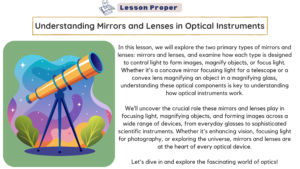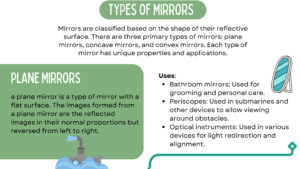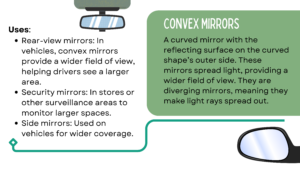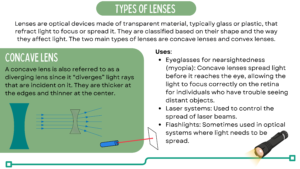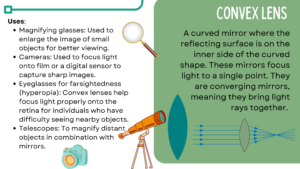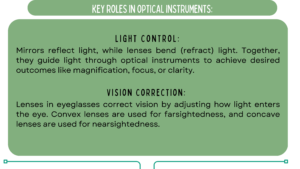E-MODULE 4 (PHYSICS 10)
Uses of Mirrors and Lenses in Optical Instruments
An e-module based on DepEd CARAGA LEAST LEARNED COMPETENCIES with Internet-based Laboratory Activities.
Arranged by: Elaikah Keith G. Dato-on – MAED Physics
Welcome to the Future of Learning Physics! Explore, Experiment, and Discover the Wonders of the Physical World

TO THE FACILITATOR
Welcome to this e-module with an Internet-based Laboratory Activities in Physics 10, an interactive and comprehensive learning resource designed to enhance your understanding of the fundamental concepts in physics. As a facilitator, you are expected to orient the learners on how to use this e-module. You also need to keep track of the learners’ progress while allowing them to manage their own learning at home. Furthermore, you are expected to encourage and assist the learners as they do the tasks included in the e-module.
TO THE LEARNER
Welcome to the exciting world of digital learning! As a learner, you must learn to become responsible of your own learning. We hope that this e-module will serve as a valuable tool in your learning journey, providing you with the knowledge and skills you need to excel in your studies. We encourage you to take full advantage of this resource, explore all its features, and actively participate in the interactive activities.


E-MODULE
POLICIES
- Rule 1: Active Participation: Engage actively with all the materials and activities. The more you interact, the more you learn.
- Rule 2: Pace Yourself: Don’t rush through the content. Take your time to understand each concept before moving on to the next.
- Rule 3: Note-Taking: Keep a notebook handy for jotting down important points or questions that arise during your learning.
- Rule 4: Utilize Resources: Make full use of additional resources provided in this e-module. It is there to enhance your understanding.
- Rule 5: Reflect: After completing each section, take a moment to reflect on what you’ve learned and how you can apply it.

How to Use E-Modules?

01. OVERVIEW
This provides you with the general information
about the e-module.

02. PRE-TEST
This determines your background knowledge of the lesson.

03.MOTIVATIONAL ACTIVITY
This is an activity before proceeding to the lesson proper.

04. LESSON PROPER AND RESOURCES
This is the part where you can find the basic concepts about the lessons discussed

05. iLab
These are the internet-based laboratory activities to be performed by you which will enrich your understanding of the lessons or concepts.

06. POST TEST
This is the part that intends to determine how much you have learned from the lesson.

– OVERVIEW –
Understanding Mirrors and Lenses in Optical Instruments
Learning Competency: Identify ways in which the properties of mirrors and lenses determine their use in optical instruments (e.g., cameras and binoculars). (S10FE-llj-54)
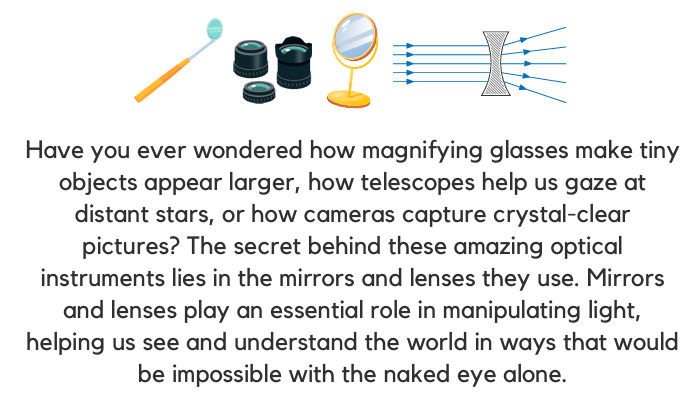


– MOTIVATIONAL ACTIVITY –

– LESSON PROPER AND RESOURCES –
